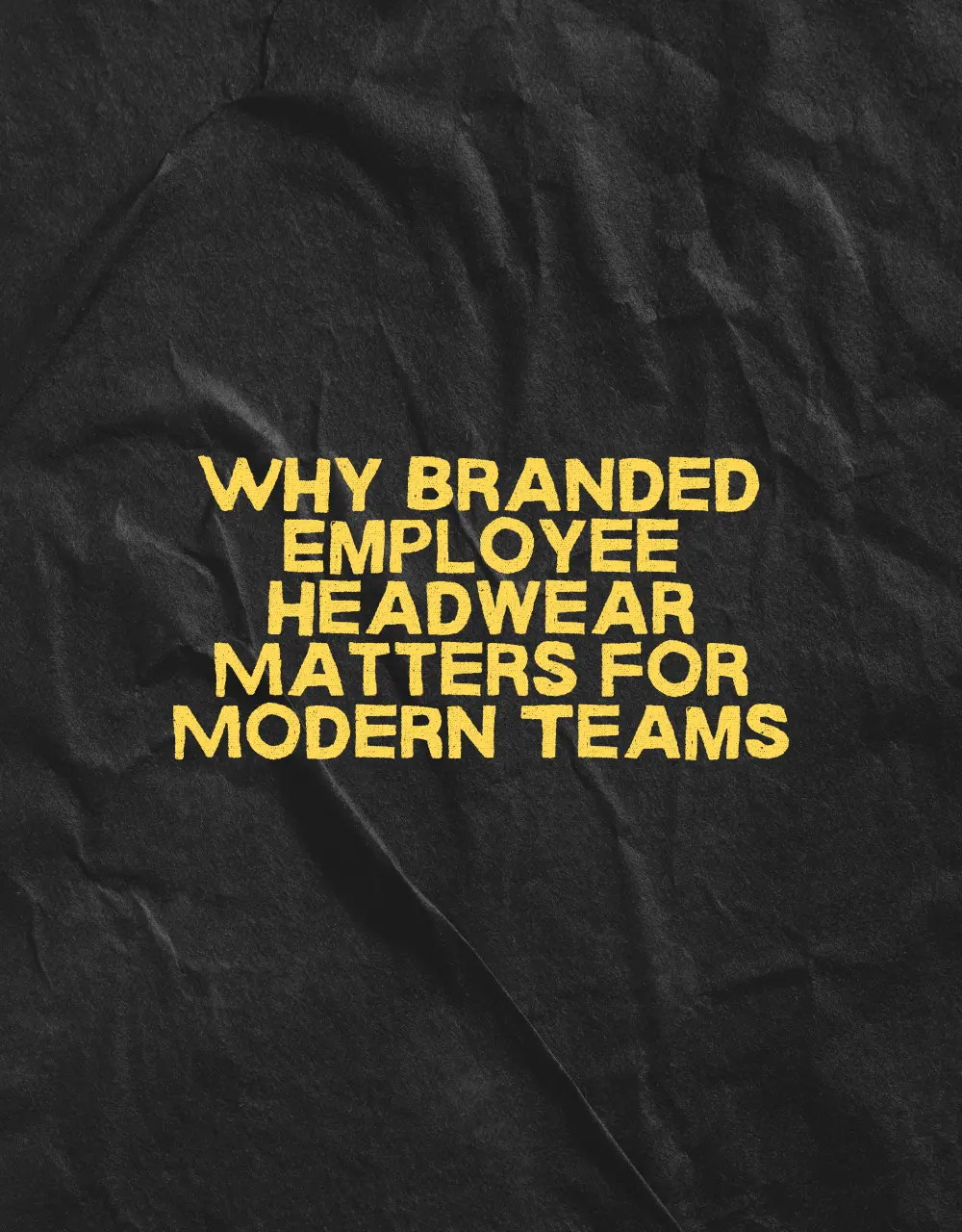The Value of the Customer
Let's talk about the value that our customers bring us and how we can make sure that they value being our customers.

We’ve already talked about consumer utility in our blog "Utilizing Consumer Utility" and how we can make sure that we, as companies, bring our consumers the most value with our products. But now let's talk about the value that our customers bring us and how we can make sure that they value being our customers.
CLV
If you don’t already know, CLV stands for Customer Lifetime Value, and it is the value of a customer to a company for the duration that they are a customer. The company defines this value, so it can be how much revenue they bring you, how well they market your company for you, etc. It's important for companies to understand the value of "the customer." Whether you’re a B-to-B company like Flywheel (that's us btw) or a B-to-C company, your customers bring you measurable value.
How to Measure CLV
It’s important to know how to track and measure CLV for your company so that you can make accurate decisions about moving forward or not with customers, new and old. One of the first things you can track is the customer acquisition cost. This is the cost of acquiring a new customer. Most of these costs are associated with advertising and marketing tactics, but can also include things like samples that you may give out or time employees spend on bringing on new customers. Basically, any resource that is used in order to gain consumers' attention or generate a sale is part of this factor. Fun fact: it's five times cheaper to keep a customer than to acquire a new one. The next thing to track is the customer retention rate, which is observed annually. This is how many customers are retained per year. We want this to be as high as possible! And our final factor is customer profit per year, which is simply how much profit customers are bringing in per year. Once you have gathered all of these, you are able to use the CLV formula to find what your CLV is: 1/(1-customer retention rate) x annual customer profit-customer acquisition cost.
CLV Influences
It’s important to know what influences CLV so that you can make sure you’re getting the most out of your efforts, so let's dive into it. Churn Rate is how frequently you lose a customer, which we obviously want to avoid, and it is highest after the initial purchase.This shows just how important the initial interaction with new customers is. The best way to maintain a low churn rate is to find a way to increase customer loyalty right off the bat. Things like loyalty programs, discounts for members, or even just great B-to-C interactions are great ways to bring this about. Effectively communicate with your customers and give them a reason to return to you!
Examples
If you're still not sure what we're talking about or simply want some context for real-world CLV, take a look at this. Zappos, an online retail company, changed its return policy after finding out that its highest-spending customers were the ones making the most returns. So instead of trying to prevent the returns, they extended their return policy to 365 days and covered shipping. They wanted their customers to always get the perfect product, and their customer service stood out and helped them retain customers.
Our insights

Why Branded Employee Headwear Matters for Modern Teams

Why Flywheel Is More Than a Promotional Products Supplier

Your Holiday Gifting Guide From Flywheel Brands

Find your ultimate branding solution.
Got some ideas but not sure how to execute?

















